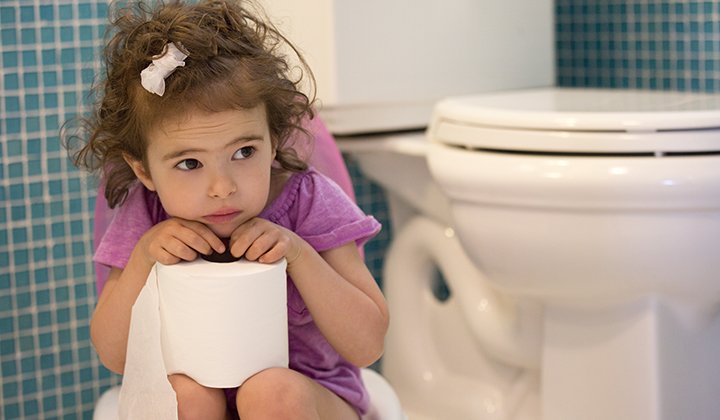Childhood Constipation
Childhood Constipation: Causes and Effective Treatments
Constipation is a common problem that affects both adults and children. While it is often seen as a minor ailment, constipation can be quite uncomfortable and painful, and it can have a significant impact on a child's quality of life. In this blog post, we will discuss the causes of childhood constipation and the most effective ways to manage it based on the child's age.
Toddlers and School-Aged Children
Toddlers and school-aged children are prone to withholding, which is one of the most common causes of constipation in this age group. They may withhold their bowel movements because of fear, discomfort, or an unwillingness to use the toilet. Diet interventions alone are usually ineffective in managing constipation in these children. Instead, a tailored plan that includes a bowel regimen and behavioral modifications is necessary.
A typical plan involves osmotic laxatives combined with sitting on the toilet twice daily, in the morning and afternoon, preferably after meals. The child should sit on the toilet with their feet flat on the ground or a step stool, without any distractions such as a phone or tablet, for five minutes. This can help encourage regular bowel movements and prevent withholding.
Regular bowel movements are especially important for children who may withhold during the school day. Parents can encourage their child to sit on the toilet before and after school to help ensure they are regularly evacuating their bowels.
When Stooling Accidents or Urinary Accidents are Occurring
If stooling accidents or urinary accidents are occurring, a more aggressive approach is necessary, and it is best carried out with the help of a practitioner. A pediatrician or a gastrointestinal specialist can help identify the underlying causes of the constipation and suggest the most effective interventions. In some cases, surgery may be necessary to correct anatomical abnormalities that are causing constipation.
Adolescents
In adolescents, constipation is usually related to a lack of fiber and fluids in their diet. A high-fiber and high-fluid diet can be effective in managing constipation in this age group. Adolescents should aim to eat at least five servings of fruits and vegetables each day and drink plenty of water.
Regular sitting on the toilet before and after meals can also help promote regular bowel movements in adolescents. Parents should encourage their adolescent to take breaks during the day to use the bathroom and avoid holding in their bowel movements for long periods.
Final Thoughts
Constipation can be a frustrating and painful experience for children, but it is usually treatable with a tailored plan that includes a bowel regimen, osmotic laxatives, and behavioral modifications. Parents and caregivers can also encourage regular bowel movements by ensuring that the child eats a balanced diet, drinks plenty of fluids, and sits on the toilet regularly. With the right approach, most cases of childhood constipation can be successfully resolved, and children can return to their happy and healthy selves.
MORE QUESTIONS? BOOK A CONSULT WITH DR. WINDERMAN TO HAVE YOUR QUESTIONS ANSWERED AND A PLAN TAILORED SPECIFICALLY TO YOUR CHILD’S GUT HEALTH ISSUES.
READY TO RESOLVE YOUR CHILD’S CONSTIPATION ONCE AND FOR ALL? ENROLL IN DR. WINDERMAN’S Comprehensive Constipation Program
